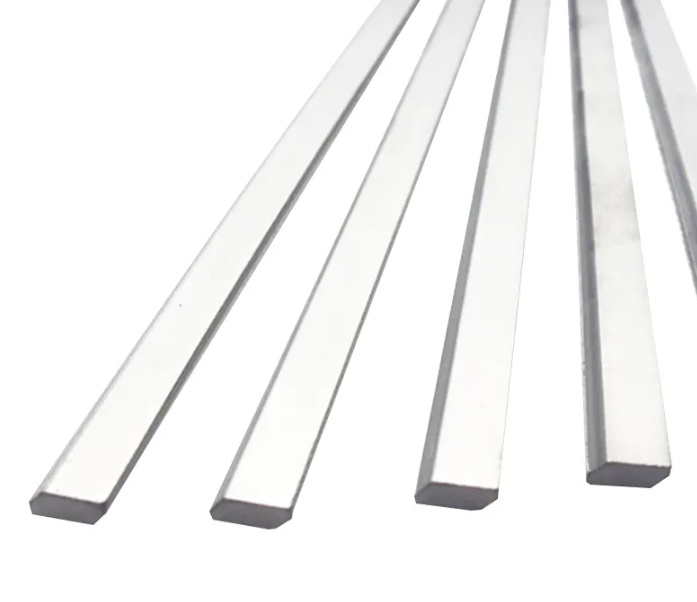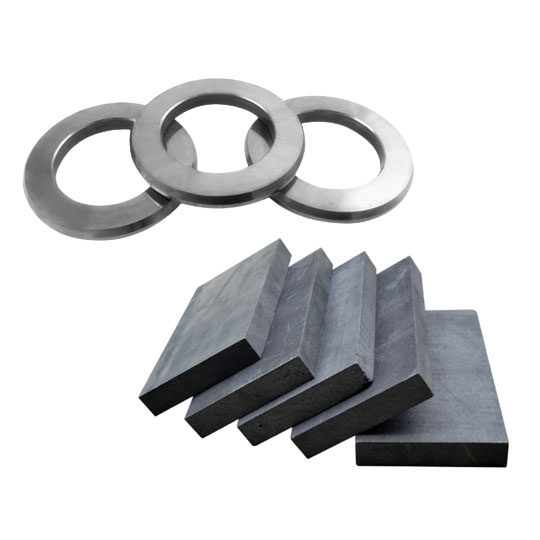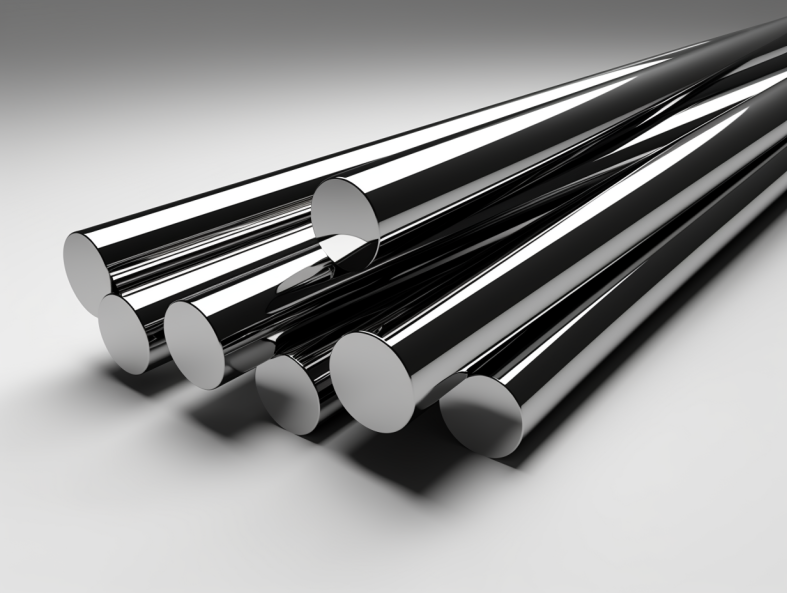の重要性 超硬プレート in the Industrial Sector
Let’s kick things off with a simple truth — carbide plates are the unsung heroes of many industries. You’ve probably never seen one in your daily life, but trust me, the products and services you use every day would be impossible without them. Think of carbide plates as the sturdy backbone of modern machinery. They’re like the armor plating on a tank — built to last, built to endure.
But what makes them so special? It’s all about 炭化タングステン, the primary material used. This compound is super tough, wear-resistant, and heat-resistant — basically the trifecta for any material meant to withstand industrial abuse. From mining to manufacturing, carbide plates are the go-to for cutting, grinding, shaping, and drilling. And unlike softer materials, they don’t back down under pressure.
In short, without carbide plates, many industrial operations would grind to a halt — literally. Whether it’s aerospace, automotive, construction, or even electronics, carbide plates keep the world turning.
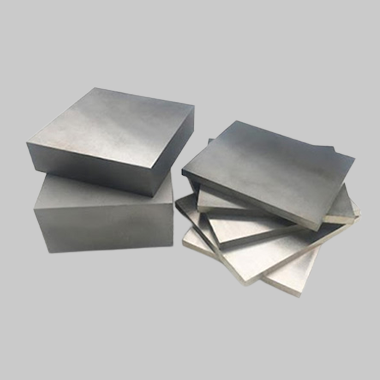
Market Status of 超硬プレート: Where We Are in 2025
について carbide plate market in 2025 is a bit like a pressure cooker — bubbling with opportunity but under tight global scrutiny. As of this year, the market size has surpassed USD 1.8 billion, and it’s projected to hit USD 2.5 billion by 2030, growing at a CAGR of around 5.6%.
What’s fueling this growth? Well, it’s a mix of things. Industrial modernization is one — especially in Asia-Pacific where countries like China and India are revving up their heavy machinery sectors. Then there’s the green shift — as industries push for longer-lasting, recyclable materials, carbide plates look even more attractive thanks to their long service life.
But it’s not all smooth sailing. Fluctuating raw material prices, particularly tungsten, are keeping manufacturers on their toes. Plus, increasing environmental regulations are making production trickier, especially in Europe and North America. Still, demand isn’t slowing down — it’s just adapting.
The Main Application Industries of Carbide Plates
Now, where exactly do carbide plates strut their stuff? Let’s take a look at the key application industries:
1. Metalworking and Tooling
This is the big one. Carbide plates are used to make tools that cut, mill, grind, and shape metal. Why? Because steel can’t cut steel unless it’s tougher — and carbide is exactly that.
2. Mining and Construction
Imagine trying to drill through rock with a plastic spoon — not going to happen. In mining, carbide plates are used in cutting tools, drill bits, and wear parts. Same goes for construction — they’re built into equipment that digs, cuts, and tears through solid earth.
3.石油・ガス産業
These sectors need components that resist both abrasion and corrosion — a perfect job for carbide. Downhole tools, valve components, and nozzles all depend on the wear resistance of carbide plates.
4.航空宇宙・防衛
In these high-performance arenas, materials need to be both lightweight and extremely durable. Carbide makes its way into jet engines, armoring, and precision-guided tools.
5. Electronics and Semiconductors
Surprising, right? But yes — carbide plates are essential in the precision machining of semiconductors. They provide the accuracy and durability needed to shape microscopic components.
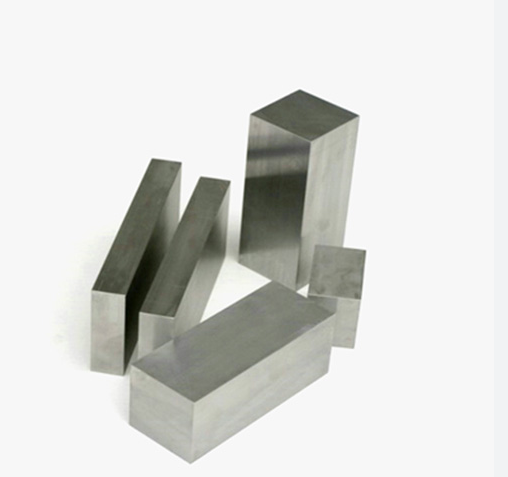

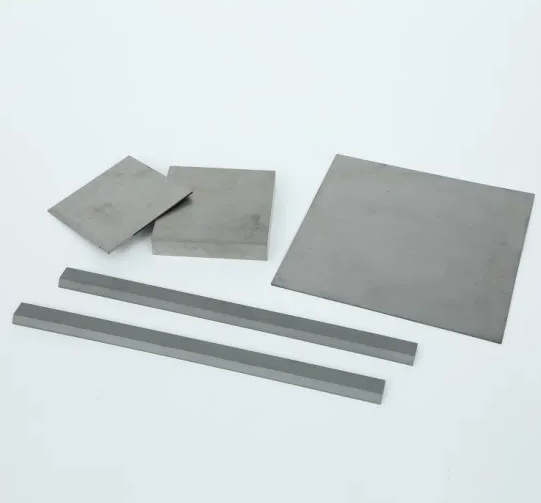
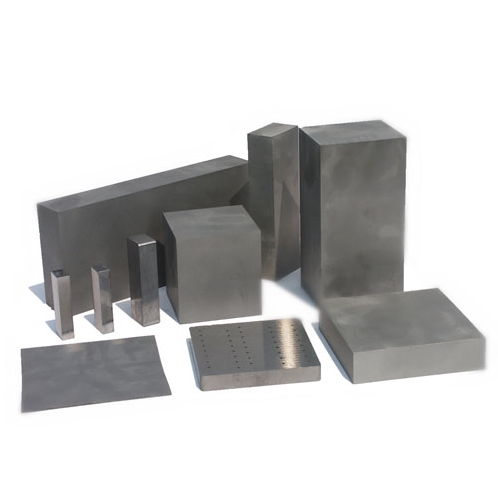

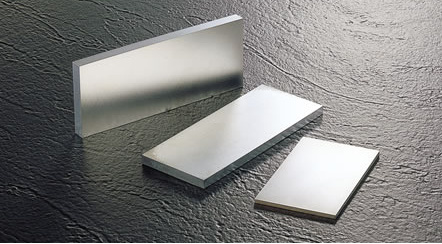
Market Drivers and Challenges of Carbide Plate
Key Drivers Fueling Market Growth
- Industrial Expansion: As economies like China, India, and Brazil grow, so does their appetite for heavy machinery and precision tooling.
- Rising Demand for Durable Materials: Industries are moving away from cheap, short-term materials toward more sustainable, long-lasting options.
- 技術の進歩: New sintering and coating technologies are improving carbide plate performance, making them even more appealing.
Challenges to Watch Out For
- Raw Material Volatility: Tungsten is expensive and politically sensitive. Supply chain disruptions can jack up prices overnight.
- 環境規制: Governments are clamping down on mining and production processes, pushing manufacturers to adopt cleaner methods.
- High Production Costs: Making carbide plates isn’t cheap. It requires intense energy and specialized equipment.
Market Segmentation of Carbide Plate
To get a clearer view of the market, let’s break it down:
By Material Type
- 炭化タングステン(WC)
- 炭化チタン(TiC)
- 炭化タンタル(TaC)
By Grade
- 微粒子超硬合金 – Offers better hardness and strength.
- 粗粒超硬合金 – Better for shock resistance.
アプリケーション別
- 切削工具
- ウェアパーツ
- Dies and Punches
- Structural Parts
By Region
- 北米: Steady growth, driven by aerospace and defense.
- ヨーロッパ: Focus on sustainable and high-precision tooling.
- アジア太平洋: Dominating with massive demand from manufacturing hubs.
- Rest of the World: Emerging economies catching up fast.
特定の金属粉末モデル 超硬プレート
Here’s a look at 10+ specific metal powder models used in carbide plate manufacturing, each with its own perks and quirks:
| 金属粉モデル | Primary Material | 粒度 | ベスト・ユースケース | メリット | デメリット |
|---|---|---|---|---|---|
| WC-Co (A10) | Tungsten + Cobalt | ファイン | 切削工具 | 高硬度、耐摩耗性 | Expensive, brittle |
| WC-Ni (N20) | Tungsten + Nickel | ミディアム | Corrosion-resistance tools | Good toughness, corrosion-resistant | より低い硬度 |
| WC-TiC (T15) | Tungsten + Titanium | ファイン | ミーリングインサート | High temp resistance | Costlier than plain WC-Co |
| WC-TaC (Ta25) | Tungsten + Tantalum | ミディアム | 航空宇宙用工具 | 高い耐衝撃性 | High production cost |
| Cr3C2-NiCr | 炭化クロム | 粗目 | Coating & Spraying | Great for high-temp surfaces | Lower density |
| VC-Co (V10) | 炭化バナジウム | ファイン | マイクロツール | Extremely fine grain size | Fragile under stress |
| TiCN(炭窒化チタン) | Titanium-based | ファイン | Semiconductor machining | 優れた耐摩耗性 | Brittle in high impact |
| NbC(炭化ニオブ) | Niobium-based | ミディアム | High-performance drills | タフネス | Lower availability |
| Mo2C-Co | 炭化モリブデン | 粗目 | 鉱山機械 | High strength under load | Costly alloying |
| WC-CoCr | Tungsten + Cobalt-Chromium | ミディアム | 医療器具 | Biocompatible, strong | 高い |
| WC-CoTi | Tungsten + Cobalt-Titanium | ファイン | Precision dies | 高精度 | Less corrosion resistance |

よくあるご質問
| 質問 | 回答 |
|---|---|
| What are carbide plates used for? | They’re primarily used for industrial cutting, drilling, and wear-resistant components. |
| What makes carbide better than steel? | Carbide is harder, more wear-resistant, and heat-resistant compared to steel. |
| Is tungsten carbide toxic? | In powder form, it can be hazardous if inhaled. But as a solid, it’s generally safe to handle. |
| Which countries are leading in carbide plate production? | China, Germany, and the USA are top producers. |
| How is the carbide plate market expected to grow? | It’s projected to grow at a CAGR of 5.6% till 2030. |
| Are there eco-friendly alternatives to carbide? | Not with the same performance, but research is ongoing in ceramics and coated materials. |
| Why are carbide plates so expensive? | The cost of raw materials like tungsten and the complex manufacturing process drive up prices. |
| 超硬プレートはリサイクルできますか? | Yes, used carbide tools and plates can be recycled into new ones. |
| What’s the biggest market for carbide plates? | Asia-Pacific, particularly China and India, due to their vast manufacturing bases. |
| Do different carbide powders affect plate performance? | Absolutely — each model offers distinct advantages for specific applications. |

